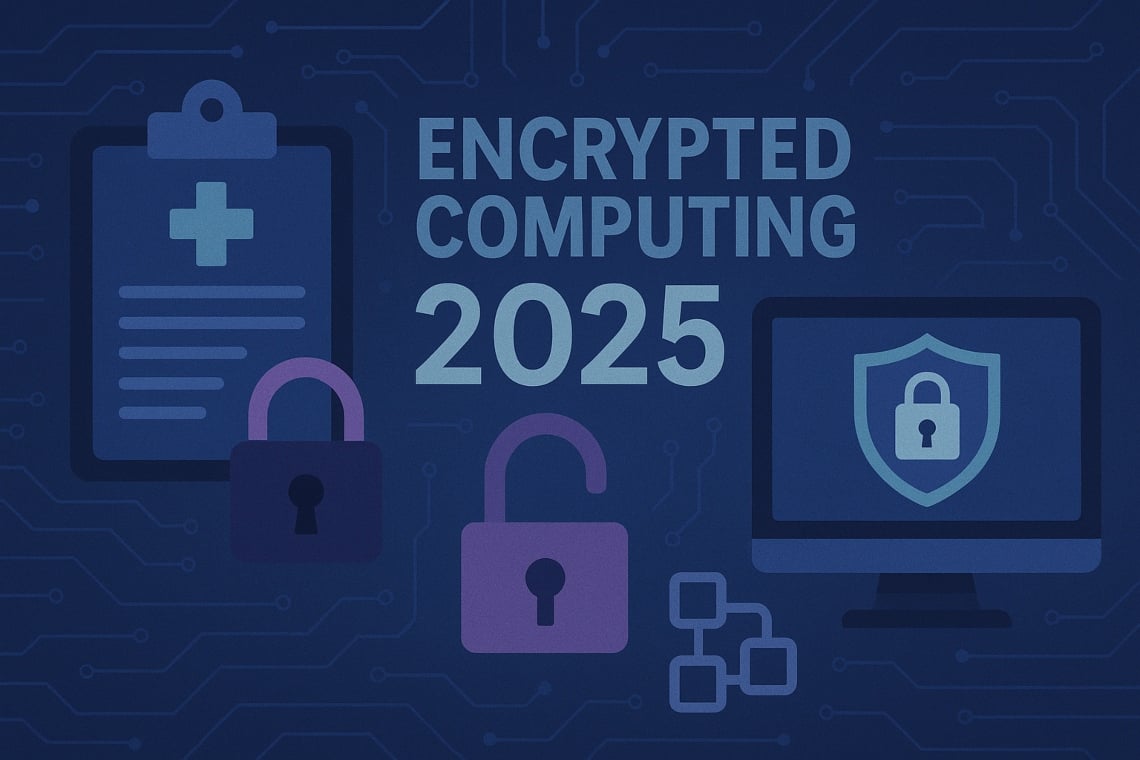Healthcare and privacy researchers are testing systems that use encrypted computing and blockchain to process patient records without exposing raw data.
How do zero knowledge proofs protect private healthcare data?
What guarantees matter for medical records?
Zero knowledge proofs enable a party to demonstrate a claim without revealing the underlying data. In healthcare this can mean confirming eligibility, consent or a computed score while keeping full records private.
In this context, ZK approaches narrow the attack surface and sit well with data minimisation principles.
That said, proving complex analytics at scale remains computationally intensive and typically demands careful protocol tuning. Note: Pilot deployments should therefore prioritise narrow verification tasks to validate both performance and governance before broadening scope.
In brief: ZK proofs offer strong privacy guarantees for verification tasks, but practical deployment needs performance trade-offs and standards alignment.
Can secure multiparty computation and encrypted shared state enable collaborative analytics?
How do institutions compute jointly without centralising data?
Secure multiparty computation (MPC) lets multiple parties compute a function over their inputs while keeping those inputs secret. Paired with an encrypted shared state, MPC supports joint models and statistics without exchanging raw records. See our MPC research.
In this context, encrypted shared state reduces centralisation and helps preserve each institution’s control, yet it introduces added latency and operational complexity that teams must manage.
Start with auditable, narrow functions—aggregate counts or risk scores—before moving to full model training.
Hypothetical: three hospitals use MPC to compute a diabetes risk distribution; each site keeps raw patient records local, the protocol returns only an encrypted, aggregated risk histogram and a set of verifiable population-level metrics.
Tip: Start pilots with narrow, auditable functions—such as aggregate counts or risk scores—before expanding to full model training. Small, verifiable steps lower operational risk for hospitals and regulators.
In brief: MPC plus encrypted shared state can unlock cross-institution analytics, provided teams manage latency, trust assumptions, and hardware requirements.
Will privacy preserving blockchain power private lending markets and encrypted order book use cases?
Who is building these systems and when did activity pick up?
Privacy preserving blockchain architectures are emerging to coordinate confidential state while retaining auditability. Projects target private lending markets and encrypted order books to match counterparties without exposing positions.
Industry actors such as https://www.arcium.com/press and voices like https://cryptonomist.ch/people/yannik-schrade have discussed these trajectories on platforms including the The Clear Crypto Podcast episode. Conversation has emphasised the interplay between confidentiality, auditability and regulatory engagement.
Reported pilots include setups across https://www.hospitalnews.com/three-hospitals-pilot and a chronology citing 2024-08-15 as a demonstration date.
In our advisory work, teams shorten timelines by constraining scope to atomic verification tasks and running parallel audits with compliance teams during the first 6–12 months.
That pragmatic approach reduces integration overhead and helps reconcile confidentiality goals with operational SLAs. As Agustín Carstens of the BIS observed, “Privacy protection is among the key features to consider in design”.
Note: Regulatory clarity and demonstrable scalability will determine whether experimental pilots translate into sustained market infrastructure.
In brief: Combining blockchains with ZK and MPC can enable decentralised, confidential markets, but regulatory clarity and real-world scale remain the key barriers.
